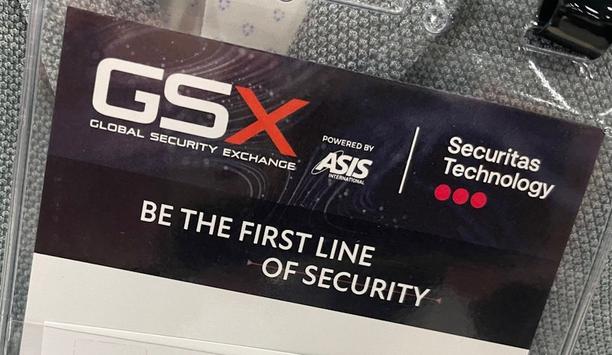Abraham Maslow's "law of the instrument" says: If the tool you have is a hammer, then everything looks like a nail.
To avoid the pitfall Maslow describes, let’s remember that the nature of a threat profile should decide the choice of security equipment, not the availability of that equipment.
When we hear about a school shooting, for example, some of us immediately think “they should have had a camera system?” The ones thinking that probably sell camera systems.
Although we are in the business of selling equipment, let’s also focus on solving problems and making customers safer. Obviously, manufacturers need to sell more products, and integrators want to install as many systems as they can. But meeting the customer’s needs should not be lost amid our zealous sales efforts.
In the end, the onus is on the customer to analyse security threats and decide what measures can be used to mitigate those threats. Buying new equipment should not be the default response. Rather, it should be among the possible solutions chosen after a systematic assessment of threats and risk. Equipment by itself doesn’t provide security.
End users often turn to consultants and A&E firms for guidance. There is real value in an impartial view from someone who has no vested interest in what technology a customer buys, says R.J. Hope, department manager, global security services for Burns & McDonnell, an A&E firm. In contrast, even the most honest integrators have a vested interest in how many cameras the customer buys.
“The approach we take is to understand what got us here,” says Hope. “If you just focus on an incident in the parking lot, technology won’t solve that, although it might provide evidence. So we look at ways to control access to the parking lot. The camera is just part of the solution. Our needs [for technology] go where the client takes us.”
The role of technology should be seen as a force multiplier rather than a replacement for personnel. “Clients need to be better educated about what they need,” says Hope. “Clients say ‘I need a camera in this corner to protect this room,’ but cameras can’t protect anything. Without policies and procedures, cameras are ornaments.”
The value of our industry’s products and systems are highest when they best serve the customer’s needs.














































